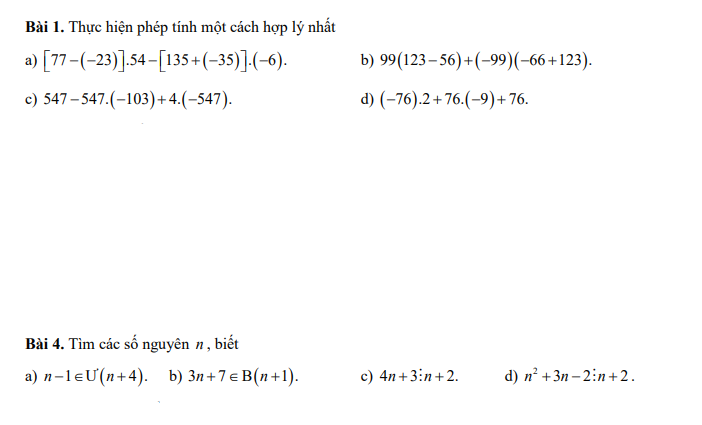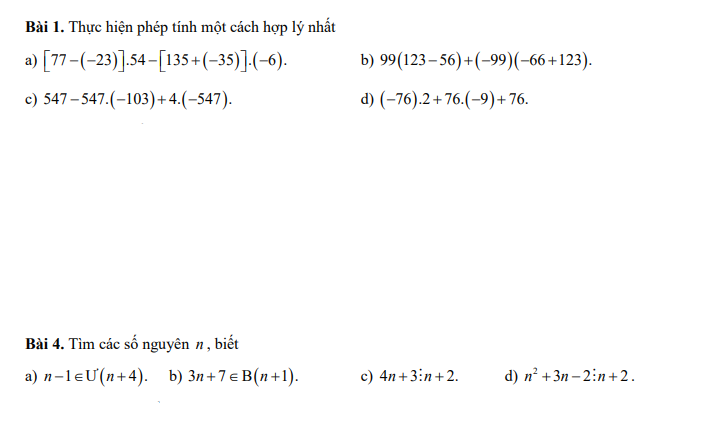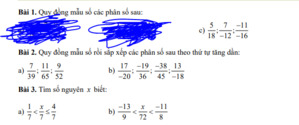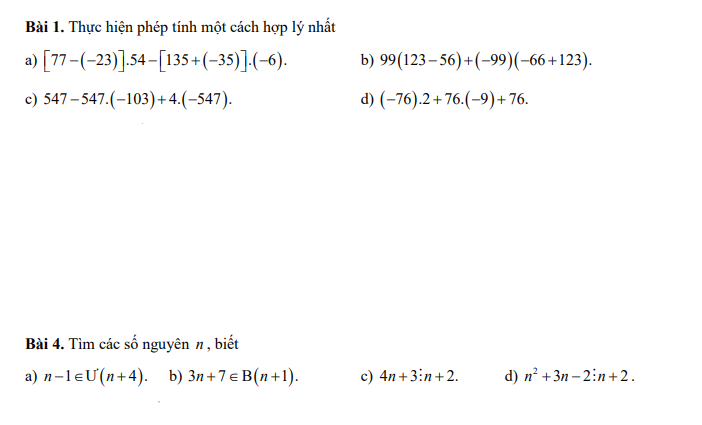Bài 4:
a: Áp dụng tính chất của dãy tỉ số bằng nhau, ta được:
\(\dfrac{x}{4}=\dfrac{y}{3}=\dfrac{x+y}{4+3}=\dfrac{14}{7}=2\)
Do đó: x=8; y=6
b: Áp dụng tính chất của dãy tỉ số bằng nhau, ta được:
\(\dfrac{x}{8}=\dfrac{y}{12}=\dfrac{2x+3y}{2\cdot8+3\cdot12}=\dfrac{13}{52}=\dfrac{1}{4}\)
Do đó: x=2; y=3
a) \(\dfrac{x}{5}=\dfrac{2}{5}.\Rightarrow x=2.\)
b) \(\dfrac{3}{x-5}=\dfrac{-4}{x+2.}.\left(x\ne5;x\ne-2\right).\)
\(\Leftrightarrow\dfrac{3}{x-5}+\dfrac{4}{x+2}=0.\Leftrightarrow\dfrac{3x+6+4x-20}{\left(x-5\right)\left(x+2\right)}=0.\)
\(\Rightarrow7x-14=0.\Leftrightarrow x=2\left(TM\right).\)
c) \(\dfrac{x}{-2}=\dfrac{-8}{x}.\left(x\ne0\right).\Leftrightarrow\dfrac{-x}{2}+\dfrac{8}{x}=0.\Leftrightarrow\dfrac{-x^2+16}{2x}=0.\Rightarrow-x^2+16=0.\Leftrightarrow x^2=16.\)
\(\Leftrightarrow\left[{}\begin{matrix}x^2=4^2.\\x^2=\left(-4\right)^2.\end{matrix}\right.\Leftrightarrow\left[{}\begin{matrix}x=4.\\x=-4.\end{matrix}\right.\)\(\left(TM\right).\)
d) \(\dfrac{x+2}{5}=\dfrac{45}{x+2}.\left(x\ne-2\right).\)
\(\Leftrightarrow\dfrac{x+2}{5}-\dfrac{45}{x+2}=0.\Leftrightarrow\dfrac{x^2+4x+4-225}{5x+10}=0.\Rightarrow x^2+4x-221=0.\)
\(\Leftrightarrow\left(x-13\right)\left(x+17\right)=0.\Leftrightarrow\left[{}\begin{matrix}x-13=0.\\x+17=0.\end{matrix}\right.\) \(\Leftrightarrow\left[{}\begin{matrix}x=13.\\x=-17.\end{matrix}\right.\) \(\left(TM\right).\)








 Các bạn làm nhanh và đầy đủ hộ mình nhé :))
Các bạn làm nhanh và đầy đủ hộ mình nhé :))



 Các bạn trình bày nhanh và đầy đủ hộ mình nhé! Mình cảm ơn :))
Các bạn trình bày nhanh và đầy đủ hộ mình nhé! Mình cảm ơn :))
